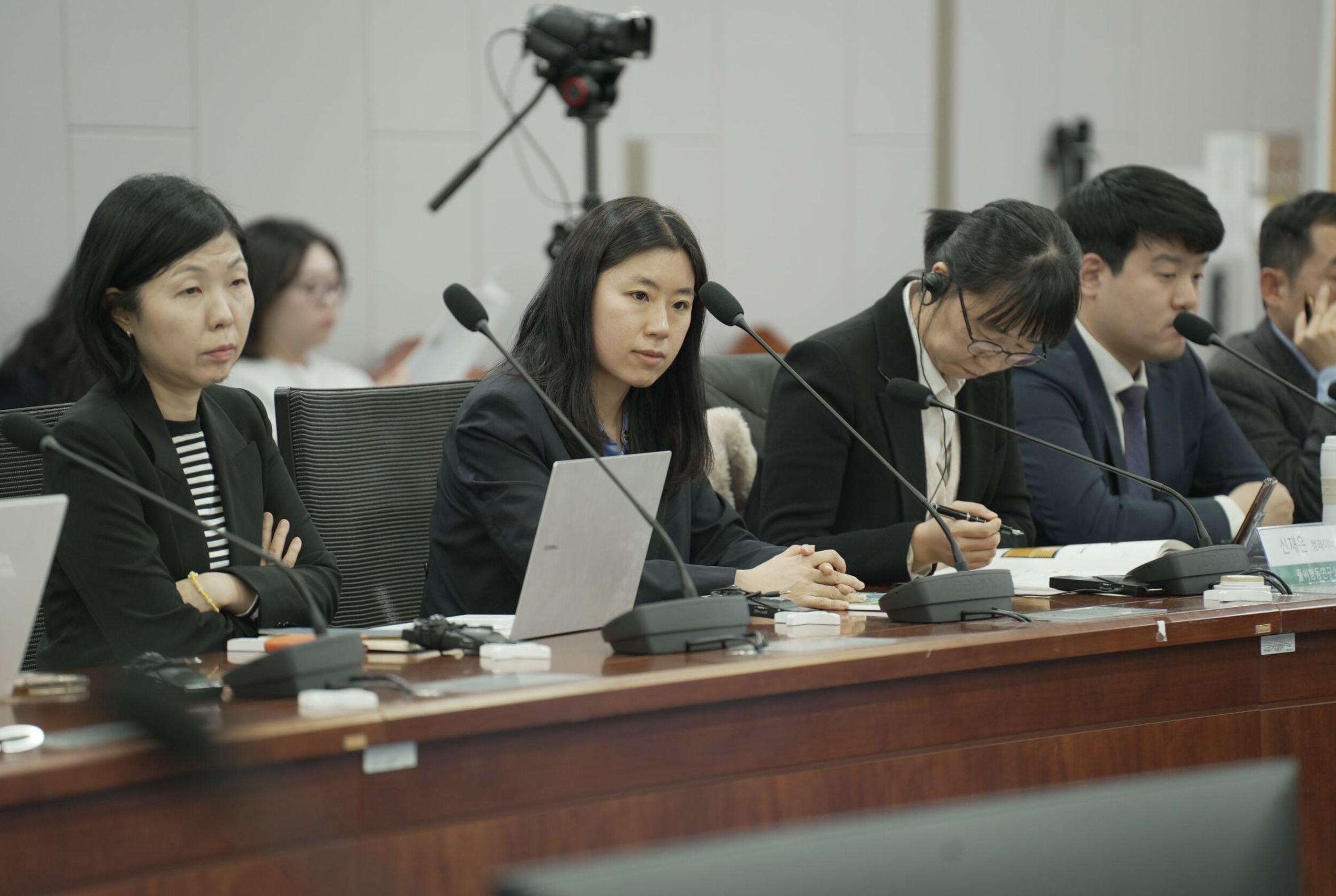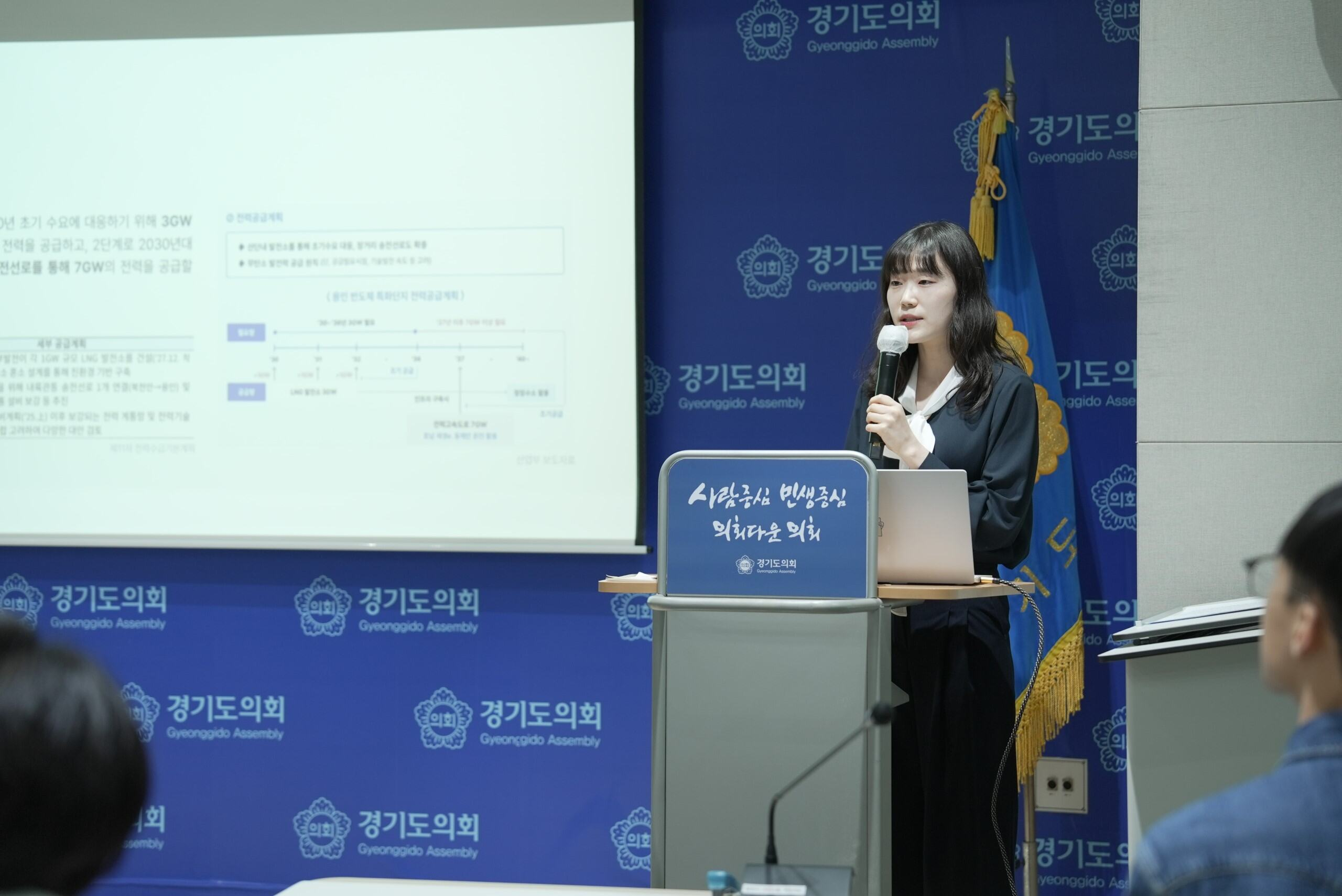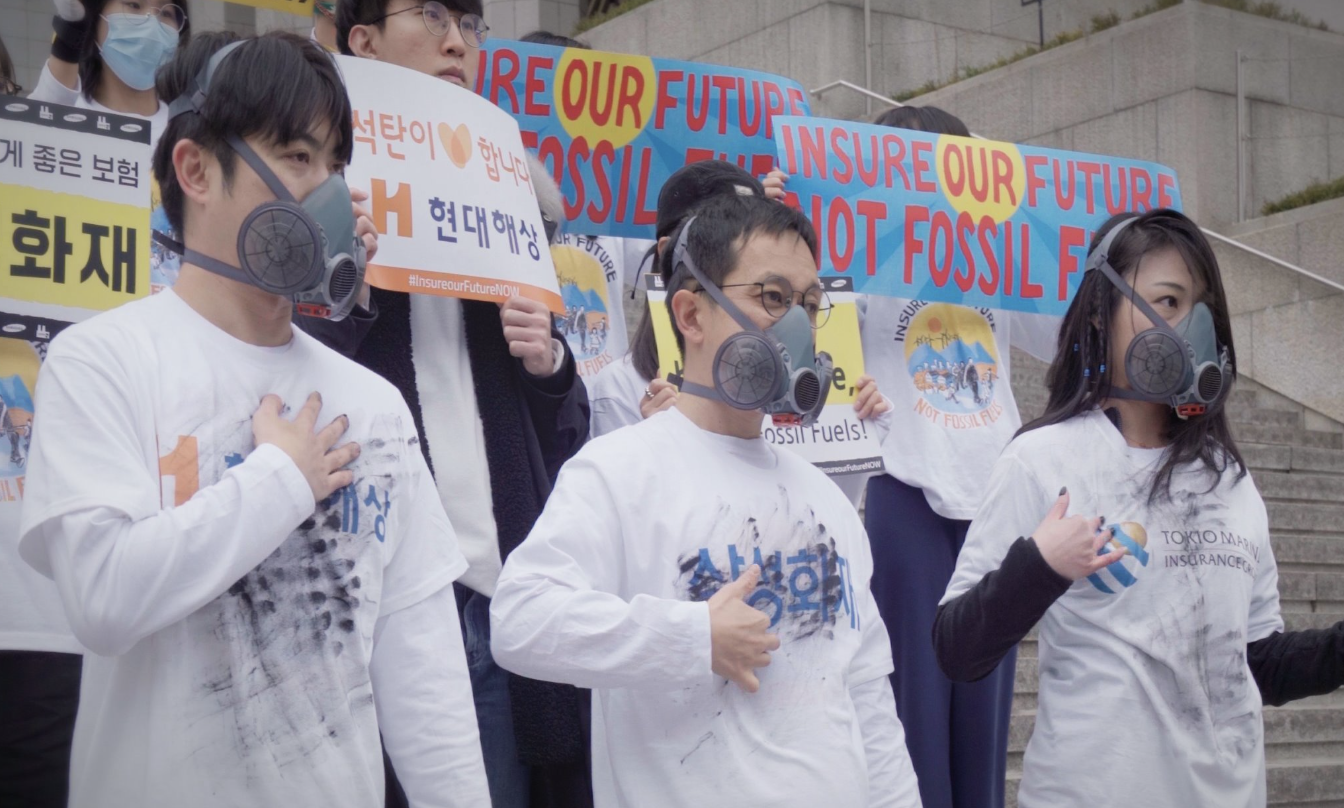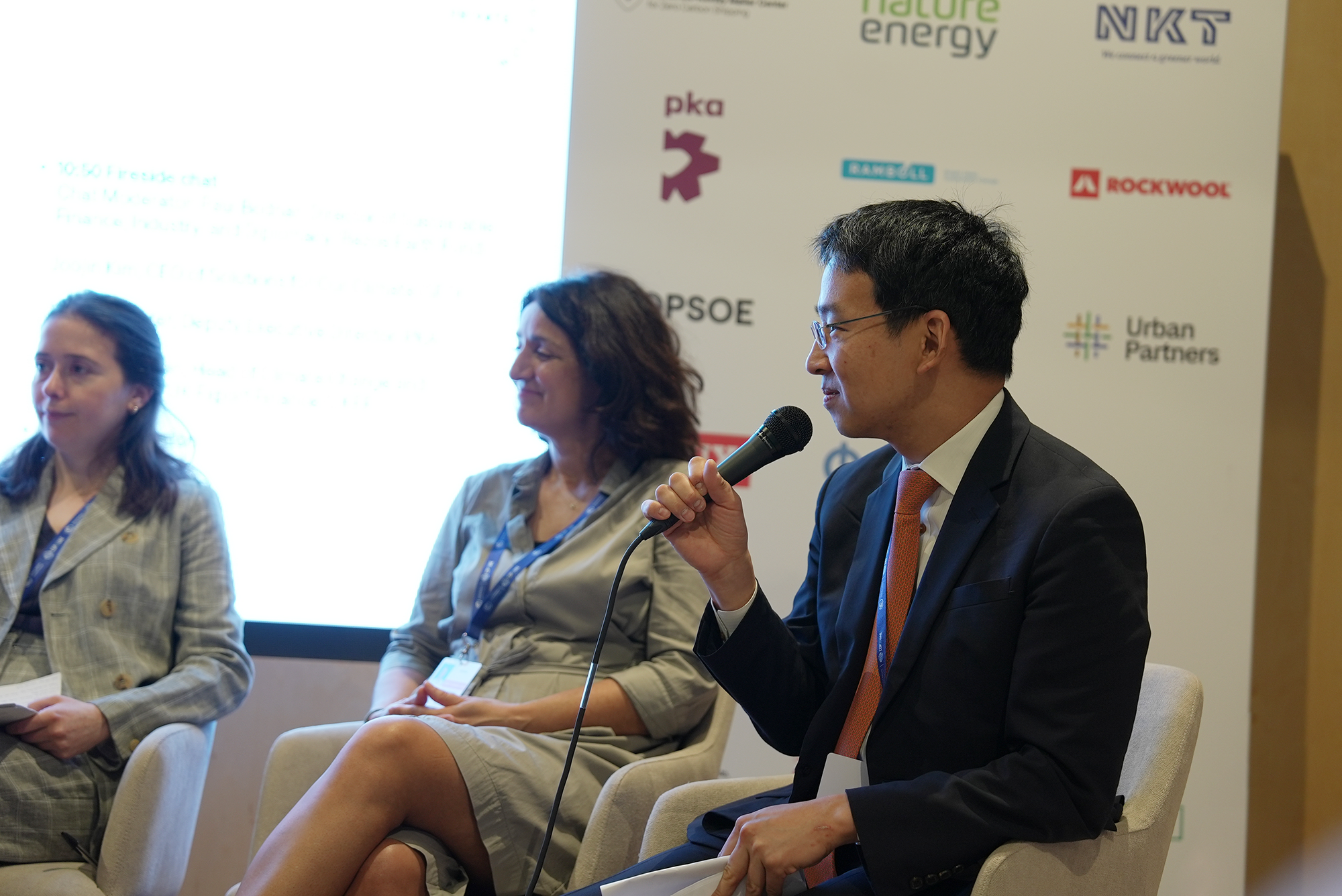New data questions feasibility of South Korea’s ammonia co-firing amid rising costs
July 29, 2024 (SEOUL) — New data reveals that the cost of implementing ammonia co-firing at South Korea’s Taean 9 and 10 coal plants will be up to 1.7 times higher than the total cost of retiring all coal plants in South Chungcheong Province, which hosts the largest concentration of coal plants in the country. South Korea plans to introduce 20% ammonia co-firing across more than half of its coal fleet by 2030.
According to data submitted by Korea Western Power, the state-owned utility responsible for Taean 9 and 10, the estimated total construction cost for ammonia co-firing is 582.5 billion won (USD 421 million), with an additional 2.51 trillion won (USD 1.82 billion) projected for fuel costs during the operational period from 2030 to 2047.

“Current ammonia co-firing technology is highly inefficient. Achieving a 20% co-firing rate will merely extend the lifespan of coal plants while imposing a significant financial burden on the country,” said Seok-hwan Jeong, a researcher at SFOC.
SFOC’s analysis shows that the cost of ammonia co-firing at Taean 9 and 10 is 1.7 times higher than the estimated 1.78 trillion won (USD 1.28 million) required for the early retirement of all seven coal plant units in South Chungcheong Province, where Taean 9 and 10 are located.
Experts argue that South Korea’s ammonia co-firing plans are inconsistent with its climate goals. The country aims to reduce coal’s share in power generation from 30% to 10%, potentially leading to underutilization of ammonia co-firing facilities.
“Investing in ammonia co-firing risks prolonging the operation of coal plants beyond their intended lifespan or leaving them as stranded assets. This could undermine South Korea’s renewable energy transition”, said Jeong. “We urge the government to redirect investments from ammonia co-firing toward accelerating the early retirement of coal plants.”
The data, disclosed by National Assembly Member Sung-hwan Kim, arrives one month after South Korea and Japan announced plans to strengthen their cooperation in the hydrogen and ammonia supply chain. Civil society has criticized the two countries’ role in expanding ammonia co-firing across Asia, highlighting the rising costs and climate impact of fossil fuel-based ammonia.
“The emissions reduction potential of ammonia co-firing is, at best, modest and, at worst, non-existent. Whether in South Korea or Japan, investing in ammonia co-firing at coal plants represents a major misallocation of resources. These coal plants will need to be closed by 2030 at the latest to align with net-zero goals. Failure to do so will slow down the region's energy transition,” said Matthew Gray, CEO of Transition Zero.
ENDS.
Solutions for Our Climate (SFOC) is an independent nonprofit organization that works to accelerate global greenhouse gas emissions reduction and energy transition. SFOC leverages research, litigation, community organizing, and strategic communications to deliver practical climate solutions and build movements for change.
Share this insights
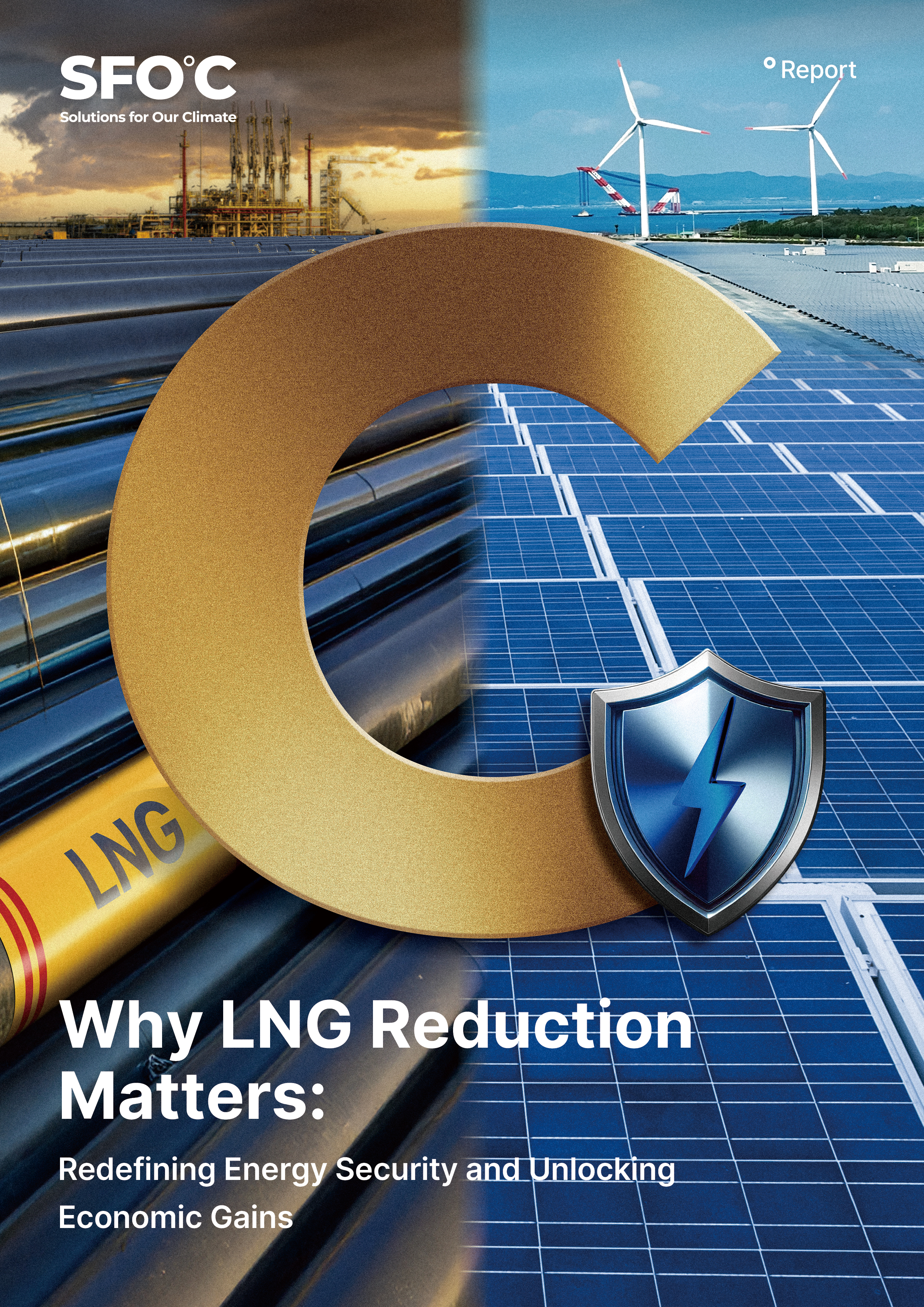
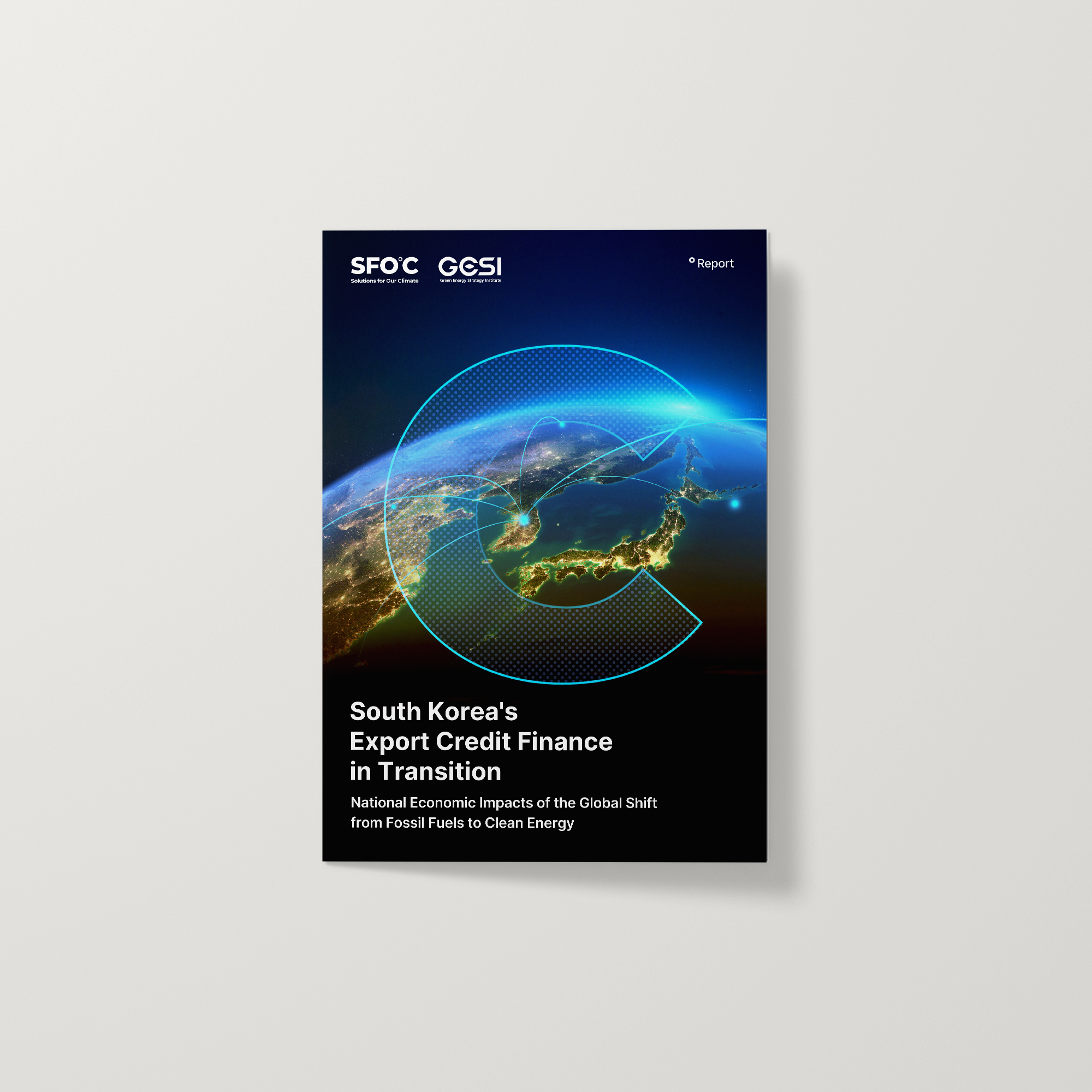
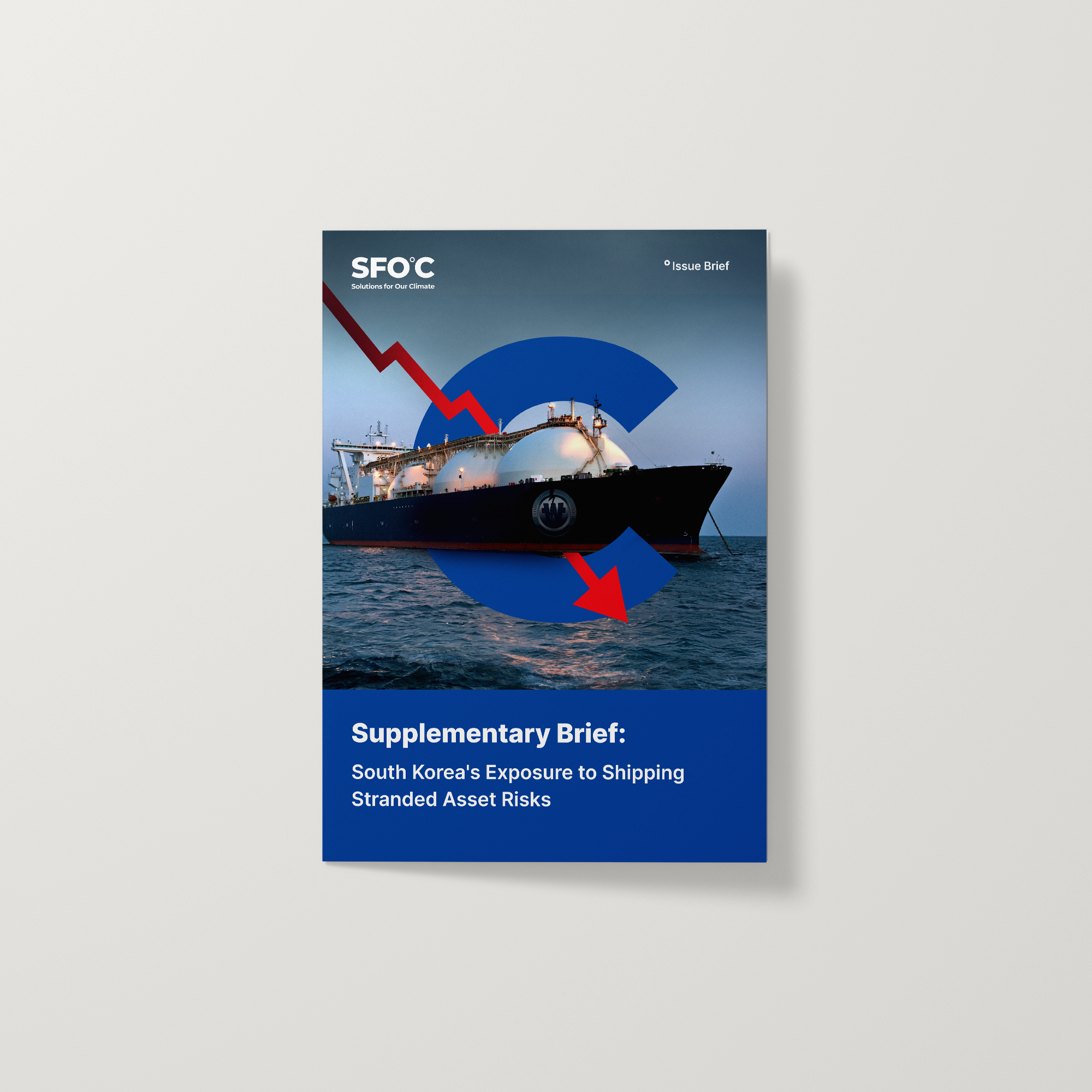
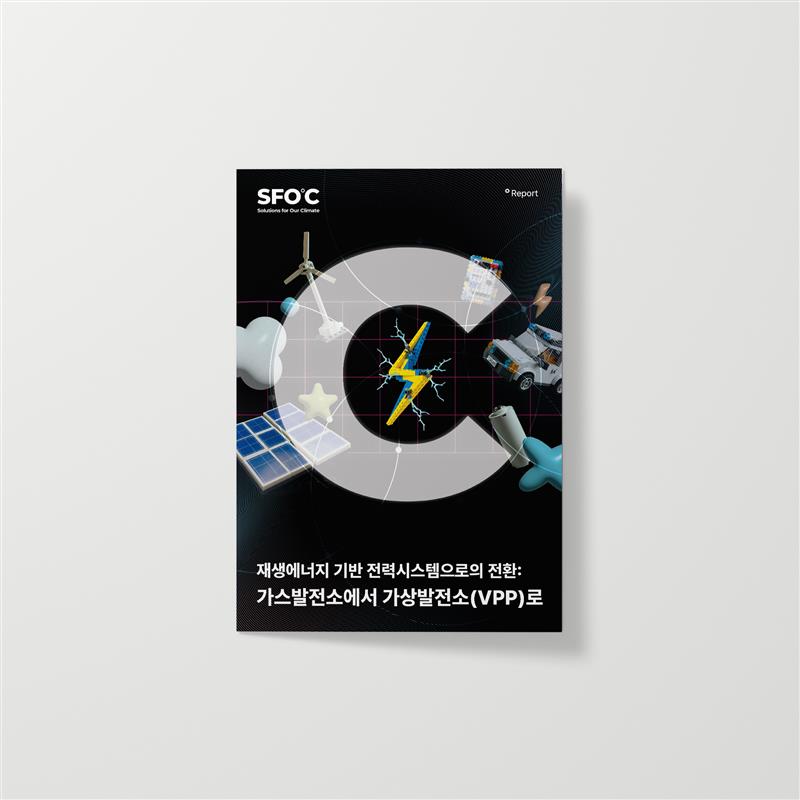
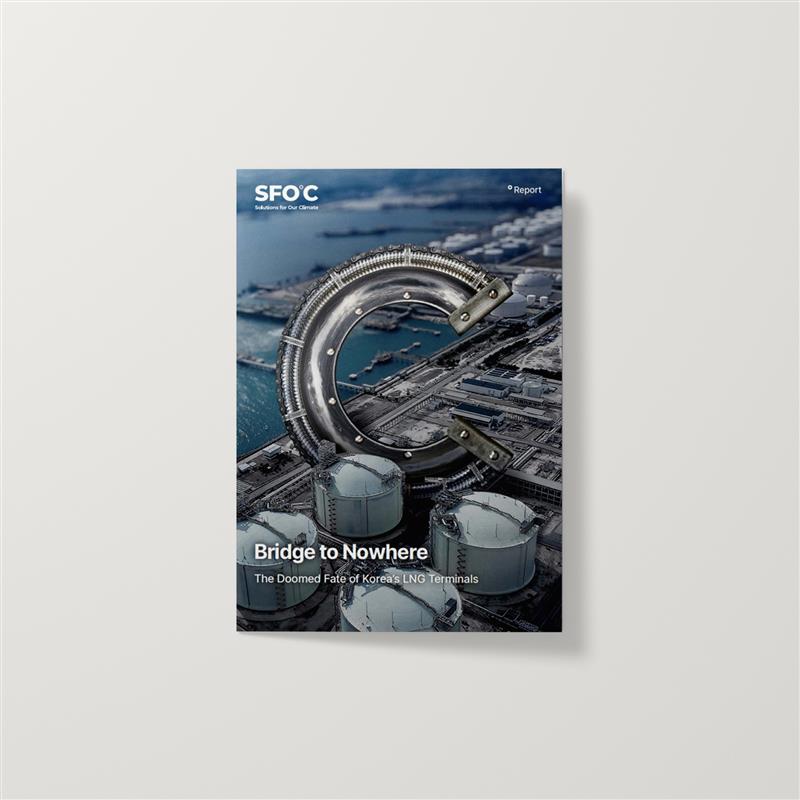
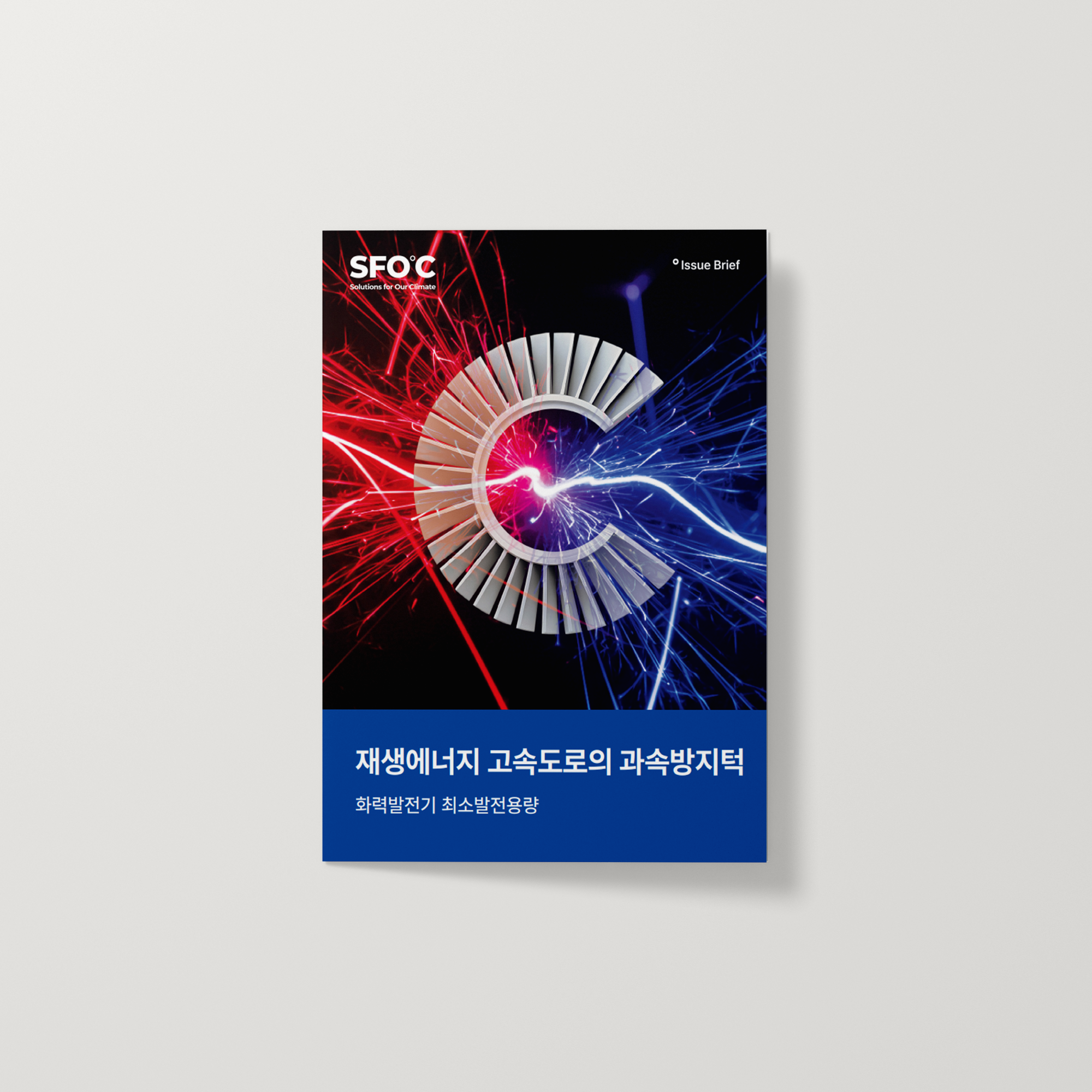
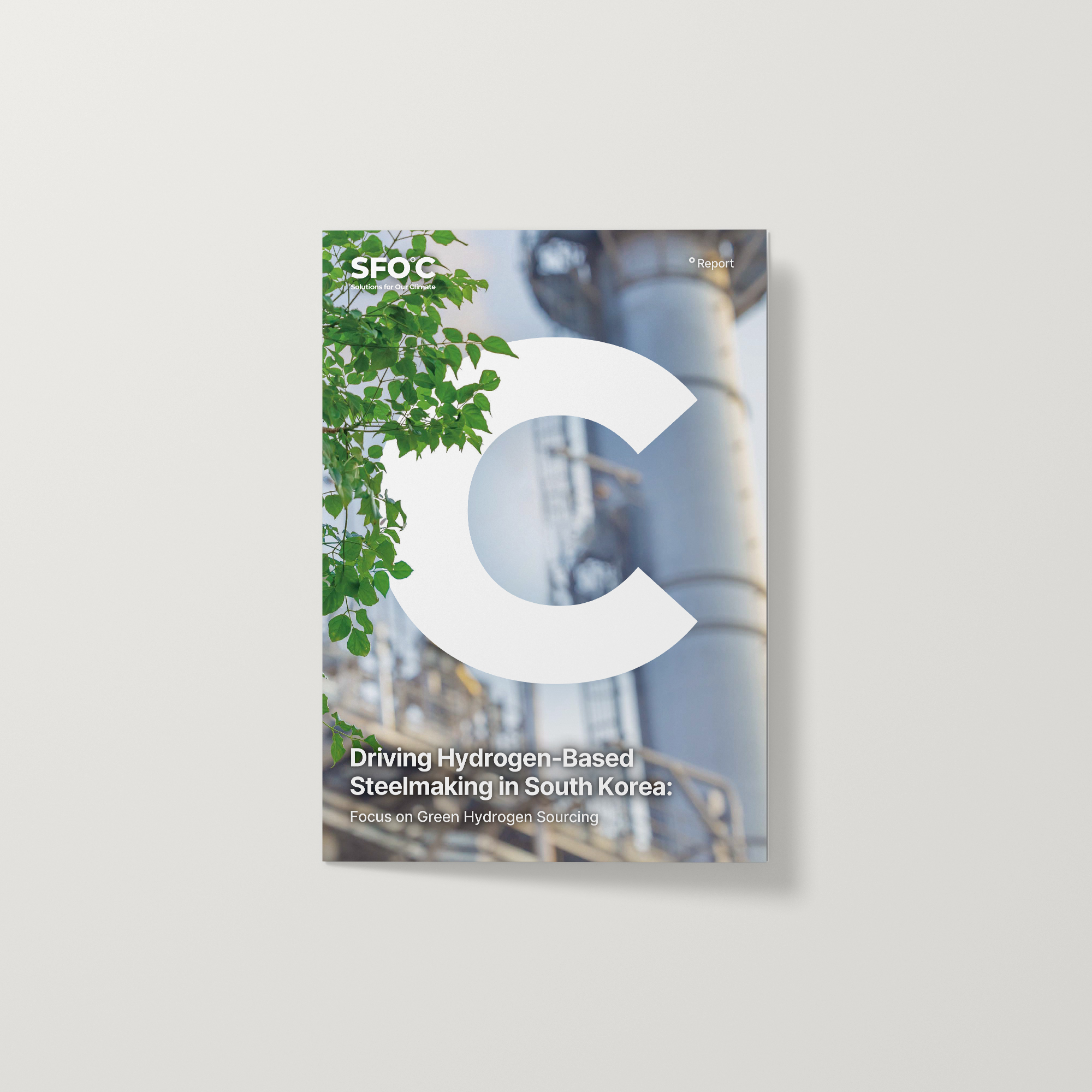
















![[Brief] South Korea’s international public finance continues to block a just energy transition](https://content.sfoc.tapahalab.com/images/research/RC5Kime.jpg)





![[토론회] 한국형 녹색분류체계(K-Taxonomy), 무엇이 녹색경제활동인가](https://content.sfoc.tapahalab.com/images/research/bn8jdme.jpg)
![[이슈 브리프] 탄소포집, 이용 및 저장기술(CCUS) 현황과 문제점](https://content.sfoc.tapahalab.com/images/research/SWESdme.jpg)


